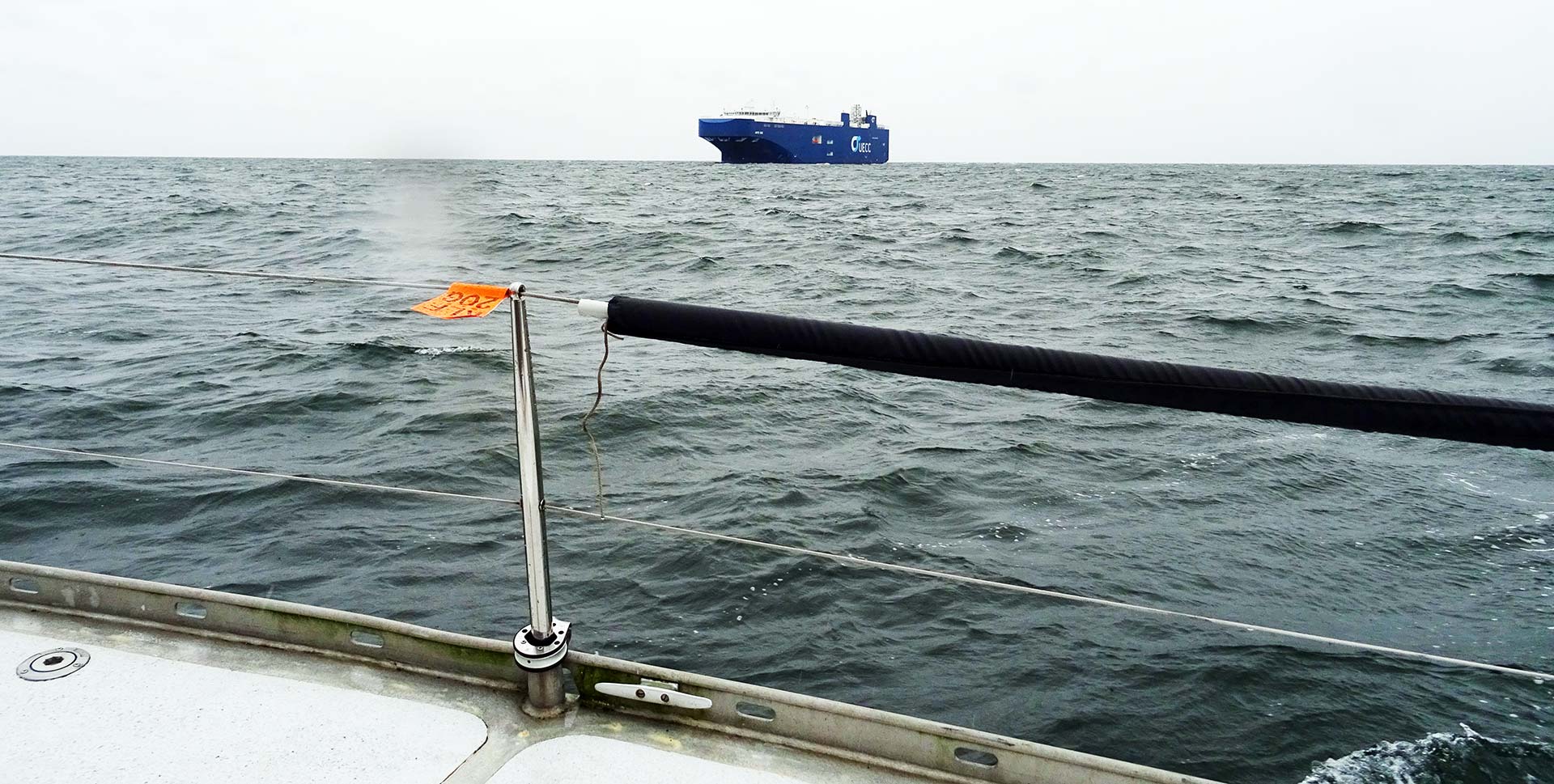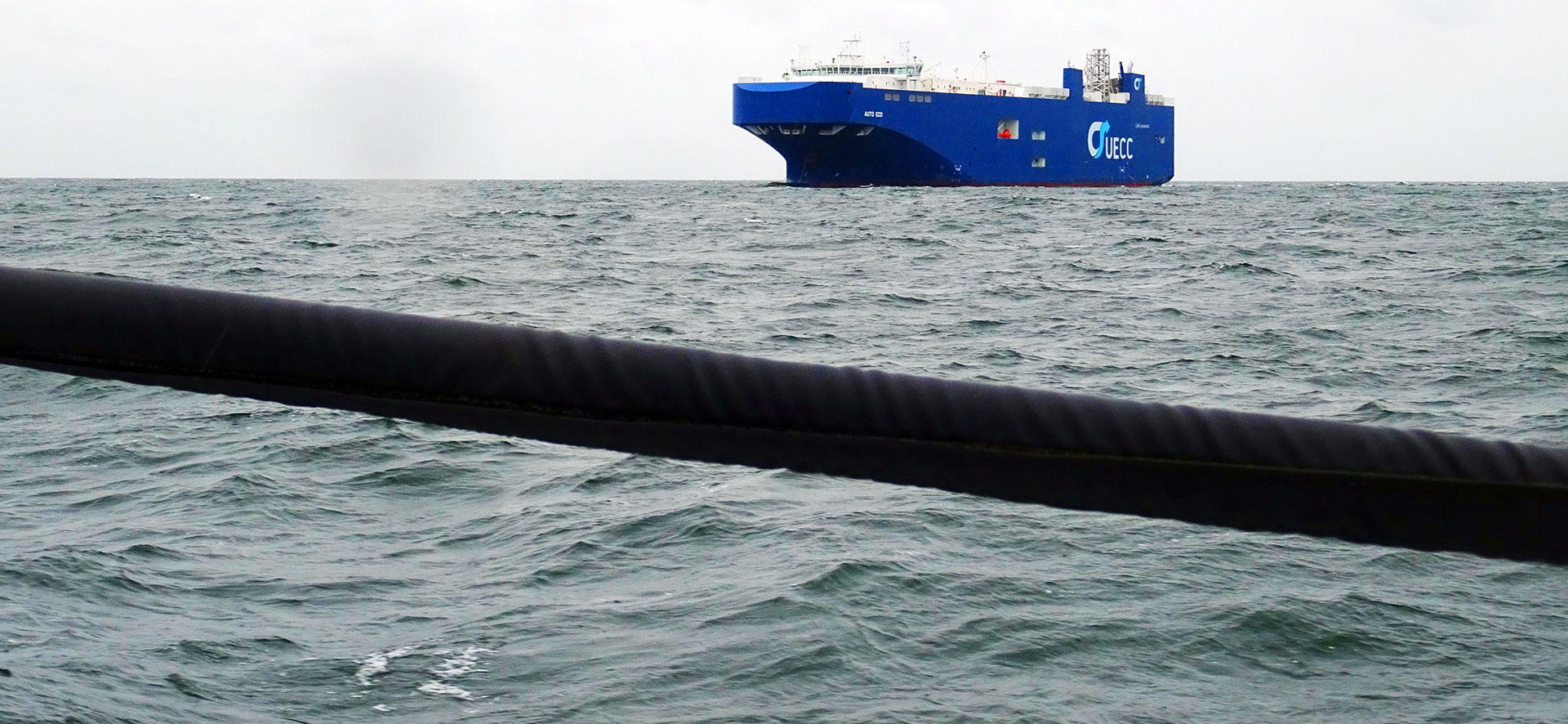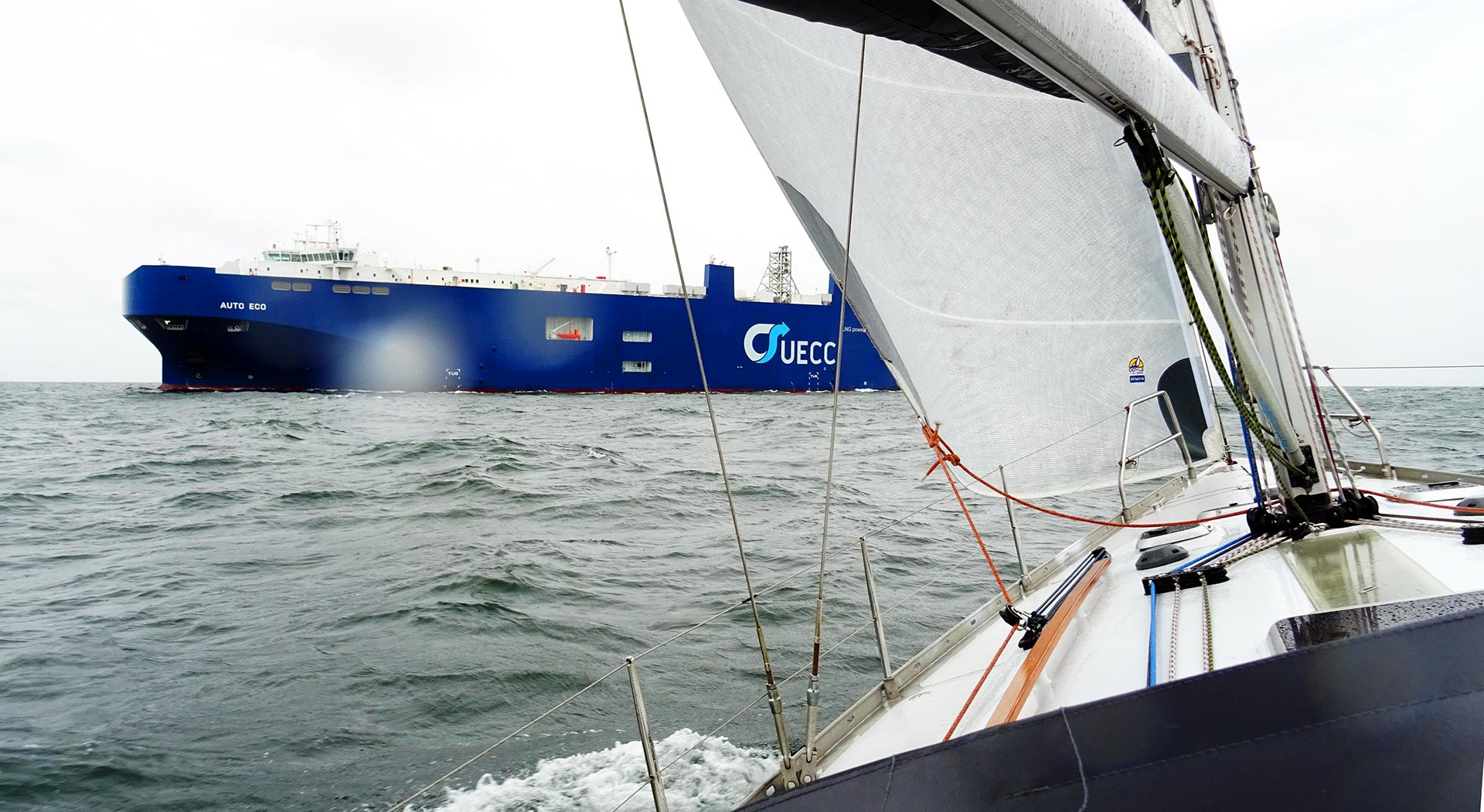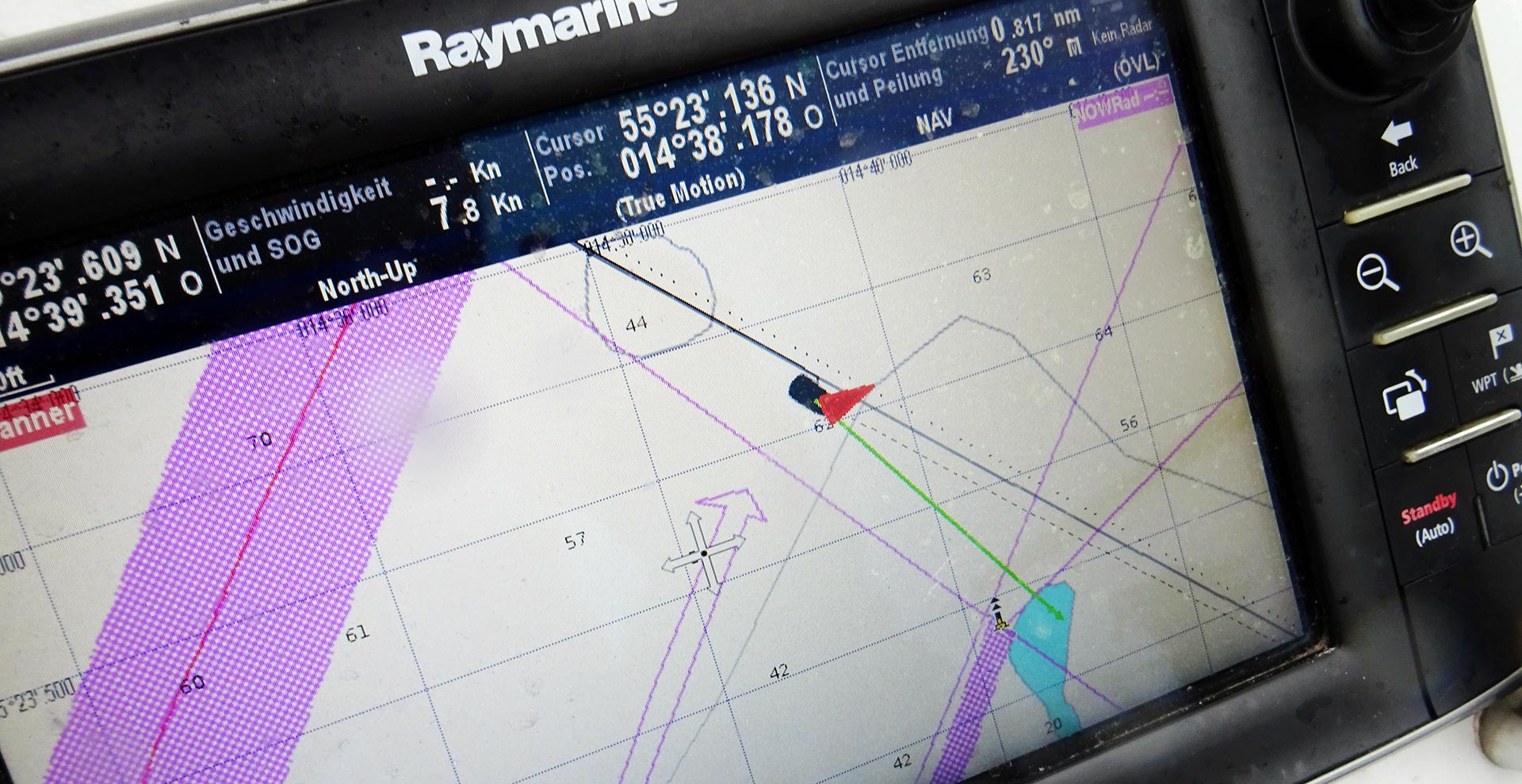Looking back recollecting what has happened and of course having my ship´s log at hand, I want to tell a story of a clear breach of COLREG-rules in order to show what can happen – and happens on a daily basis – when people at sea do not adhere to the beautiful and simple, yet powerful and elaborate rules which are called the “Rules of the Road”. It was happening during the great sailing trip on the Judel/Vrolijk Drop Keel Cruiser AMAROK some weeks ago, date June, 21st, time 11.30 a.m. (lunch-time) on position just North of TSS Bornholmsgat

Our yacht was sailing on starboard tack, beam reach. Overcast sky with winds up from 15-20 knots, driving the boat at 7.5 to 8 knots steadily under full canvas. A nice and fast ride, waves as high as 1 metre. Steering due 130 degrees heading for the island of Bornholm we were crossing at a nearly right angle approximately half a mile outside of a traffic separation scheme which at this point had a width of some 2 miles for each lane and traffic direction. As our boat was equipped with AIS we could see a large commercial ship sailing at some 16 knots coming about from starboard side out of the TSS. So far for the situation.
Give way – or stand on?
As we had been sailing outside the TSS in open water without any buoys or other regulations, we had clearly been the stand-on vessel, as it is said in the International Rules for Preventing Collisions at Sea in Section 2, Rule 18, subitem a/IV – “a power driven vessel underway shall keep out of the way … of a sailing vessel.” That is a clear, simple rule. The freighter – a car transporter – approached fast, still being in the TSS. It seemed that the ship changed course …

But not in the right manner. We kept a sharp lookout, full complement of two people on the watch. The commercial ship changed course of not more than 3 to 4 degrees to starboard. We couldn´t believe our eyes so we sailed on – as it was our obligation as stand-on vessel – but saw that the situation has not been resolved and could never have been resolved by a change of course that small and in that direction. Then, some minutes later – the freighter being very close now – it changed course again. We´ve had a standing bearing situation now with AIS-collision warning on our chart plotter being activated.

The freighter again turned to starboard with again just 3 to 4 degrees max, resulting in further worsening the situation. With our boat sailing at max speed under these conditions we couldn´t do anything but watch the situation unfold. The Officer on that bridge had clearly decided wrong, twice. As stand-on vessel we´ve had to keep on our course, but we knew that options for the give way vessel were now very limited with distance under one mile and other freighters approaching the TSS coming up right behind us. So we did what we had to as a manoeuvre of last resort: We luffed the boat sharply and turned upwind, resulting in a hard-to-starboard rudder and lots of violent motion in the boat.
A situation analysis … on the radio
We sailed through the large stern wash of the car freighter right behind her in a very close distance. Things aboard our small 40 feet vessel were flying around with waves coming in violently. After the freighter was cleared, we beared away to our old course again having finally resolved the situation. As a last resort, the freighter had begun to frantically turning hard to starboard ever more, leaving his old course to more than 40 degrees! But this of course also would not have done any good in this moment. Pure panic, it seemed.

What has happened? Well, we do not know how this situation was looking like from the bridge of that big ship but from what we have seen it must have been clearly either negligence or excessive demands for the Officer of the Watch on that vessel. He could have easily avoided all that trouble by changing course at an early stage when he still was sailing within the TSS by a small change of course to port. But he didn´t. He changed to starboard. I still don´t understand this decision as modern equipment on commercial ships are displaying radar-plots, CPAs and TCPAs instantly – so he must have seen that his decision was not resolving the situation. Also, his second change of course to starboard was silly – a sign of him or her being clearly overstrained with this situation. My sailing mate dashed down to the radio with rage after the situation was cleared and called up the other ship. Being (not very) polite he red-flagged the colleague to make way for his temporary mood. Understandable. But what can we learn from this?

When I go out as a sailor and skipper I always act with caution. Especially with my boat being near commercial traffic lanes, traffic separation schemes or other vessels. As I have the greatest respect for the commercial and professional seafarers, I do run my boats following the simple principle of avoiding stress of any kind for the other skippers and captains. That means that I always try to steer a clear course, steer free of other courses and resolve situations clearly at the earliest possible stage. Normally, in 99 out of 100 cases, this motto helps me to sail waters without any problems. As well, usually commercial ships do indeed adhere to the rules and alter courses early with no problems at all. But the story I just told is a nice example that sometimes things – because of whatever reason – do not go the usual way. Keeping a steady, sharp lookout and being alert on watch is a definitive must on every vessel underway, no matter it´s size.
Interested in some other sailing skills-articles?
Harbour hustle: Negotiating in busy harbours at night
The Offshore Skipper theoretical exam
What makes a good skipper?
